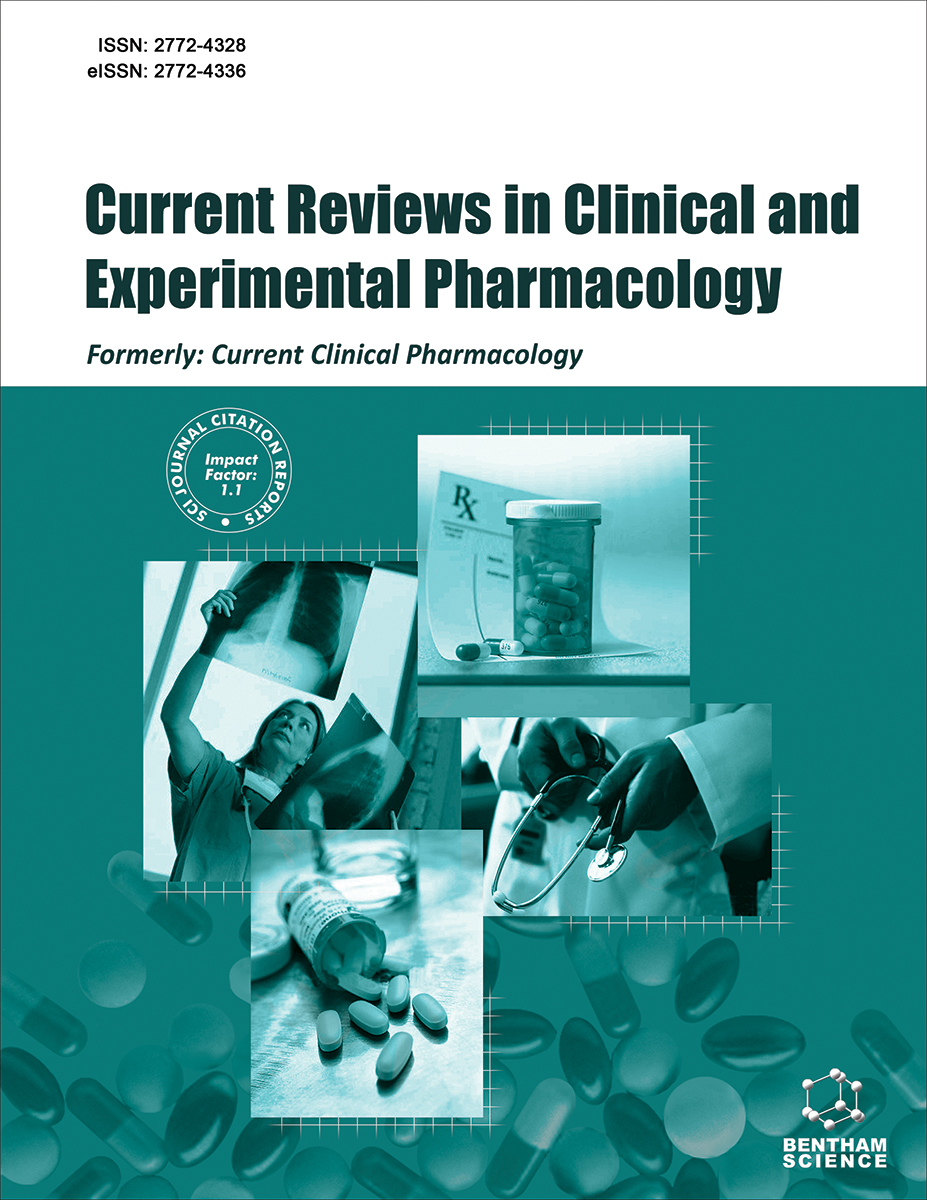
Full text loading...
We use cookies to track usage and preferences.I Understand
Background: Acanthamoeba is one of the opportunistic parasites with a global prevalence. Currently, due to the side effects and the emergence of drug resistance to this parasite, much research has been performed on the use of nano-drugs to treat Acanthamoeba-caused diseases. Therefore, this systematic review study aims to evaluate new strategies for treating diseases caused by Acanthamoeba based on nanoparticles (NPs).
Methods: We designed a systematic review based on the articles published in English between 2000 and 2022. Our search strategy was based on syntax and specific tags for each database, including ScienceDirect, PubMed, Scopus, Ovid, and Cochrane. From the articles, those that had inclusion criteria were selected, and their data were extracted and analyzed.
Results: In this study, 26 studies were selected. Metallic nanoparticles were mostly used against the Acanthamoeba species (80.7%). 19.2% of the studies used polymeric nanoparticles, and 3.8% used emulsion nanoparticles. Most studies (96.1%) were performed in vitro, and only one study (3.8%) was carried out in vivo. Silver NPs were the most used metallic nanoparticles in the studies. The best effect of the anti-Acanthamoeba compound was observed for green synthesized nanoparticles based on stabilization by plant gums, loaded with citrus fruits flavonoids hesperidin (HDN) and naringin (NRG) with a 100% growth inhibition at a concentration of 50 μg/mL.
Conclusion: This study showed that chlorhexidine and other plant metabolites loaded with silver and gold nanoparticles increase the anti-Acanthambae activity of these nanoparticles. However, green synthesized nanoparticles based on stabilization by plant gums, loaded with citrus fruits flavonoids hesperidin (HDN) and naringin (NRG), showed the best anti-Acanthambae effect. Nevertheless, further studies should be performed to determine their safety for human use.

Article metrics loading...

Full text loading...
References


Data & Media loading...
Supplements

